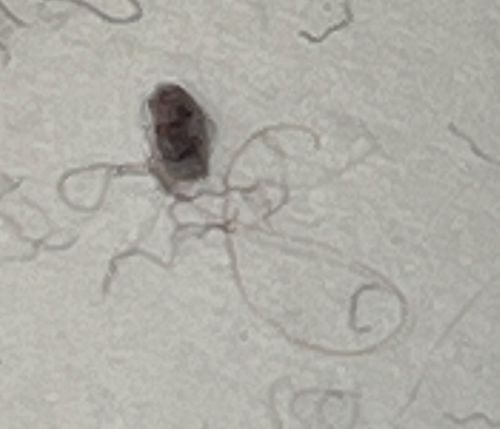Spider Mite
Scientific Name: Tetranychus urticae (Two-spotted spider mite, a common species)
Order & Family: Acari, Tetranychidae
Size: Typically very small, 0.2 to 0.5 mm in length.

Natural Habitat
Found on the leaves of plants, often on the undersides, in gardens, greenhouses, agricultural fields, and natural environments. They prefer warm, dry, and dusty conditions.
Diet & Feeding
Plant sap; they are phytophagous, feeding on a wide variety of plants including vegetables, fruits, ornamentals, and trees.
Behavior Patterns
Spider mites are known for spinning fine silk webs, especially when populations are high. They reproduce rapidly, particularly in warm and dry conditions, with several generations per year. They feed by piercing plant cells and sucking out the contents, leaving a stippled appearance on leaves. They often gather on the undersides of leaves.
Risks & Benefits
Risks: Spider mites are significant agricultural and horticultural pests, causing damage to plants by stippling leaves, reducing photosynthesis, and in severe infestations, leading to defoliation and plant death. They can be very difficult to control due to their rapid reproduction and potential for pesticide resistance. Benefits: In natural ecosystems, they can be a food source for predatory mites and insects.
Identified on: 9/2/2025